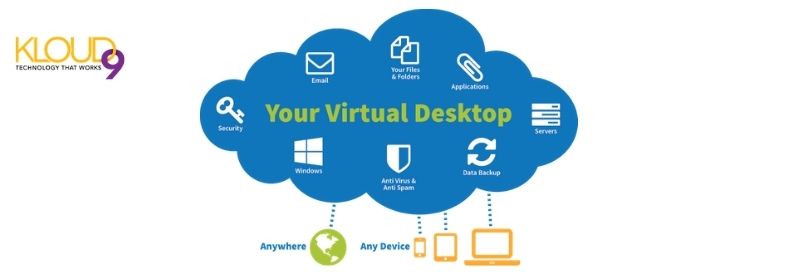Some years ago, corporate offices only had hardware computer systems – the central processing unit (CPU, which is the main system), desktop monitor, mouse, and keyboard. At that time, virtual offices were a luxury not many businesses could afford.
- Columbus: (614) 702-7700
- Cleveland: (216) 393-2484
- Akron/Canton: (330) 685-9100
Blog
SaaS vs. PaaS vs. IaaS: Which is the right cloud service for you?

Cloud computing has become a staple in business strategy and IT architecture over the past years. It provides the simplest and quickest access to myriad hardware and software over the internet. Compared to traditional on-premises infrastructures, cloud-based solutions such as SaaS, PaaS, and IaaS offer a host of benefits.
Simple Steps to Secure Remote Working
The best data backup solutions for your business
What You Should Look For In A Cloud Hosting Service
Make site visitors feel secure with these tips
Protect your private data with mobile device-based biometrics

Cybercriminals are always on the lookout for ways to steal information, so you should seek to beef up your data protection. One such way is with biometric authentication on mobile devices.
Authenticate your profile on your mobile device
Chrome OS, Windows, MacOS, Linux, and Android are all adding features to help users safely log in using biometric identification via USB, Bluetooth, and NFC devices connected to smartphones and tablets.
The best practices in collecting customer data

Customer data offers an insight into information such as customer demographics, behavior, and preferences, enabling businesses to create quality products and positive experiences that will cater to their client base. But it’s not enough for a business to collect customer data — it must collect data that is useful and relevant.
Signs you have weak enterprise security

As cyberthreats become more sophisticated, many businesses need to prioritize cybersecurity more than ever. But are you sure that your security measures are keeping your enterprise IT assets safe? Here are five signs that they may not be effective.
Open wireless networks
With just one main internet line and a couple of wireless routers, an entire office can get online.







